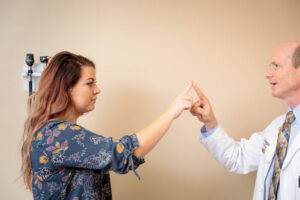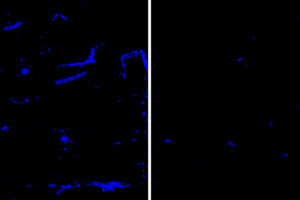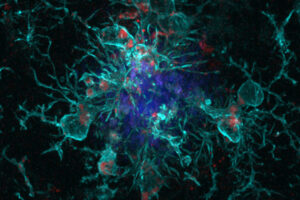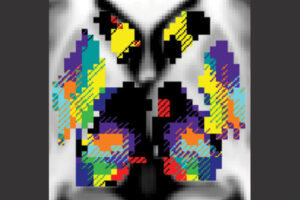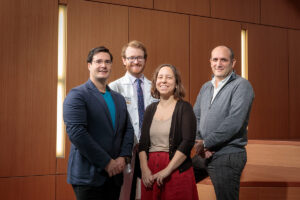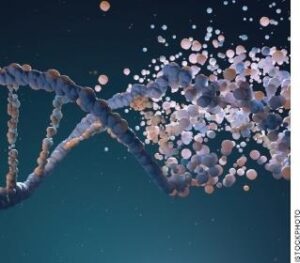A worldwide clinical trial aimed at finding treatments for Alzheimer’s disease has expanded to include investigational drugs targeting a harmful form of the brain protein tau. The trial, known as the Dominantly Inherited Alzheimer Network Trials Unit (DIAN-TU) and led by Washington University School of Medicine in St. Louis, launched in 2012 as the first […]
International Alzheimer’s clinical trial to test tau drugs (Links to an external site)
